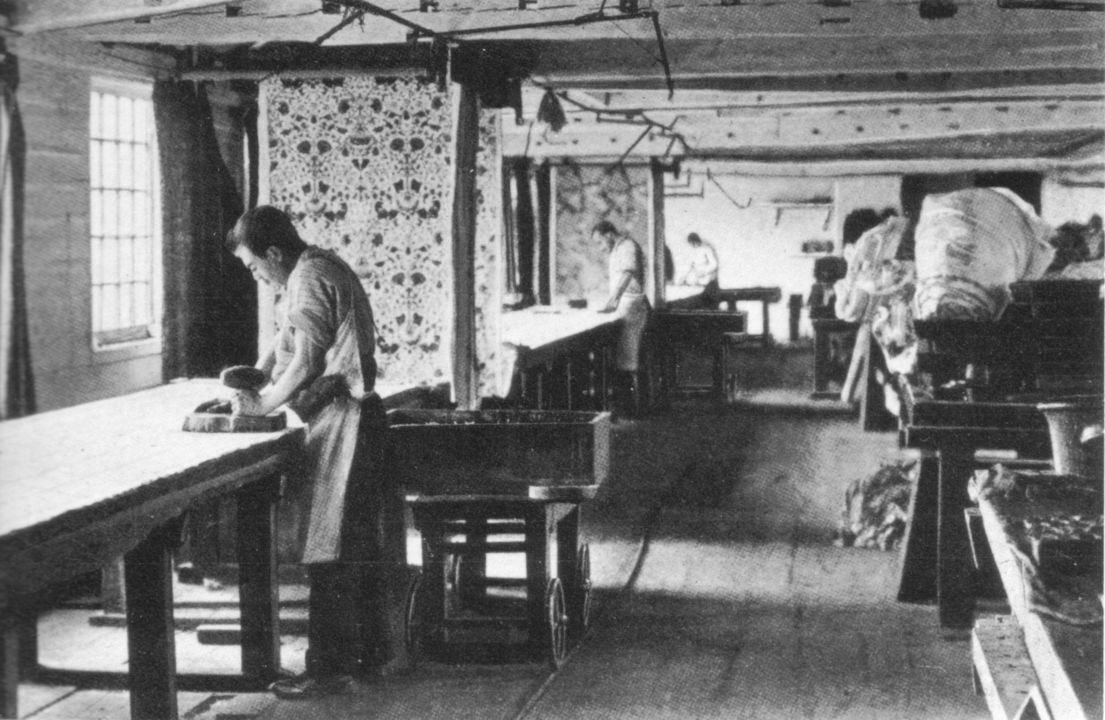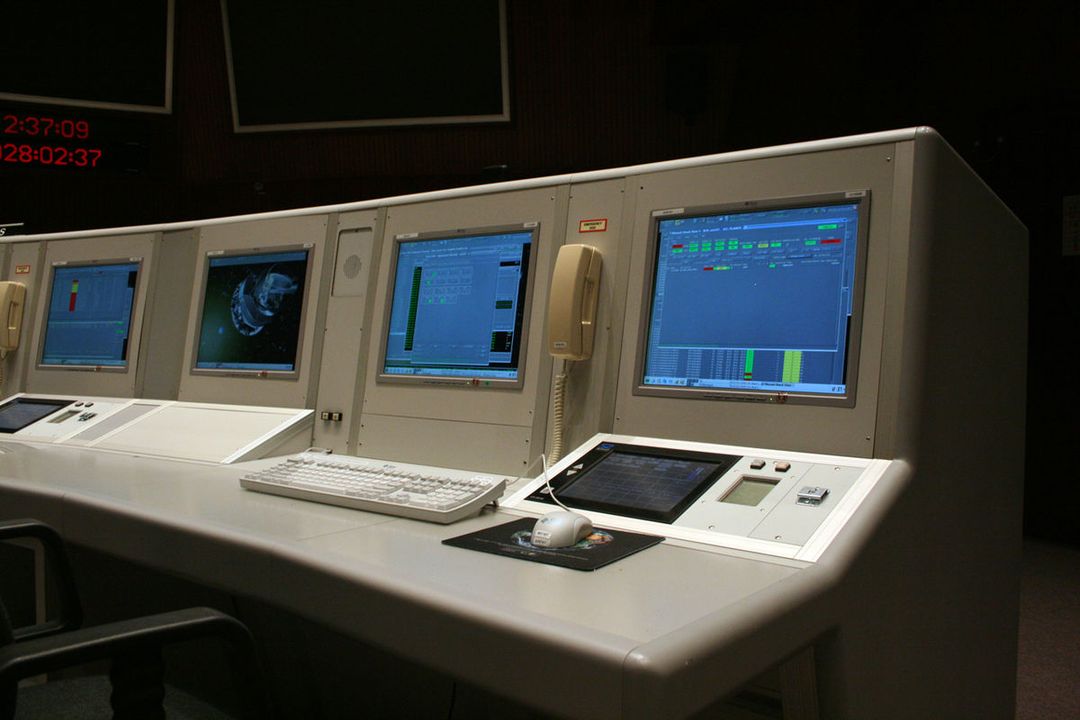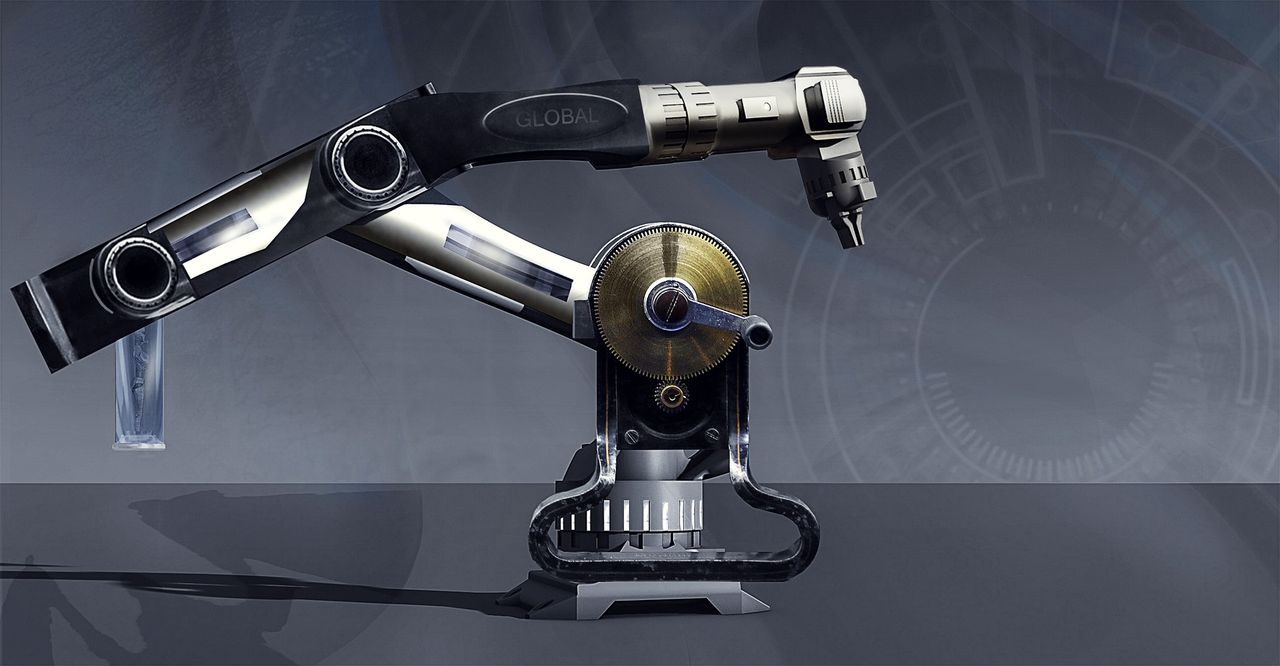June: 4 incredible releases on Netflix
In June we can look forward to the last - special - episode of Sense8 and the second season of GLOW and Luke Cage, which is based on the Marvel comics. The series La Balada de Hugo is new.
When we review our past we notice how drastically our life and workplace has changed. What’s the next step of the industrial revolution? Are robots going to take over?
Read this article in: Deutsch, English, Português
Estimated reading time:2minutesOur world and our life are more and more defined by digitization. Since the birth of Facebook and the like it has been almost impossible to imagine a life without digitization.
But this lifestyle doesn’t only affect our private life but also our workplace. Thanks to modern communication technology we need fewer and fewer fixed offices, we can work from anywhere at any time.
When we review our past we notice how drastically the industrial revolution has changed our life and workplace. Industry 1.0 was the first revolution, followed by Industry 2.0 and Industry 3.0. Today, we are moving towards Industry 4.0. What does this mean for us? How will this change our life?

The first industrial revolution marks the transition from an agrarian society to an industrial society. Steam engines were responsible for the first industrial revolution. They were used in factories at the end of the 18th century.

New technologies such as the assembly line mark this period. Henry Ford introduced this procedure to the automotive industry in 1913, making manufacturing notably easier. In addition to textile, iron and steel manufacture, the chemical and electrical industry became new leading sectors.

There was another transition in the mid-seventies. The use of computers and robots lead to an increased automation of manufacturing.

The interconnection of humans, machines and products - in real-time via the internet - characterizes our current revolution. Decentralized decisions makes manufacturing faster and more flexible. Robots manufacture together with humans.
But how can robots and humans work together in the tightest of spaces while still taking security, ergonomics and dynamic division of labor into account?
Future Work Lab showcases how a welder’s working routine can change through collaborating with large robots. The robot makes it possible to design work ergonomically and individually, and the worker takes on greater responsibility for his workroom in respect of hazards for personnel. Additionally, tasks are simplified, and thanks to the mutual monitoring of humans and machines, quality is also increased.

What will be the next step of the industrial revolution? What innovations will Industry 5.0 bring? Will robots really perform other human tasks? In Germany, it is currently being researched if robots could perform certain care tasks, or if they could be used in Kindergarten as language teachers. In Japan, robots are already being used to some extent in these areas. Are robots really going to take over?
#alugha
#doitmultilingual
| Code | Name | Views | Percentage |
|---|---|---|---|
| eng | English | 1,355 | 61.79% |
| deu | Deutsch | 720 | 32.83% |
| por | Português | 118 | 5.38% |
| Total | 2,193 | 100% | |
In June we can look forward to the last - special - episode of Sense8 and the second season of GLOW and Luke Cage, which is based on the Marvel comics. The series La Balada de Hugo is new.